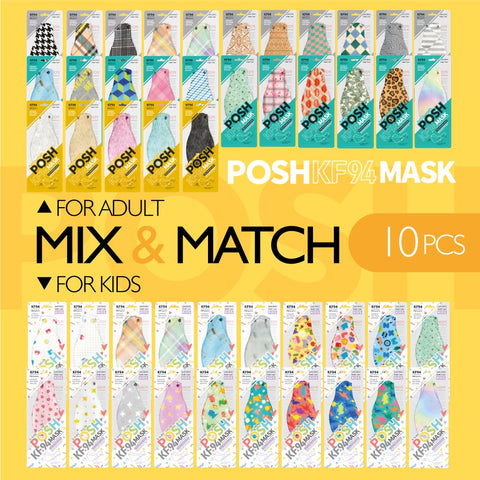COVID-19 Cases Are Quietly Rising This July: CDC Wastewater Data & The Nimbus Variant Signal a Summer Shift

As families head outdoors, airports fill up, and summer events hit full swing, a quiet shift is happening beneath the surface—literally. According to the CDC’s National Wastewater Surveillance System (NWSS), COVID-19 viral concentrations are rising modestly but consistently across the United States in the first half of July. This uptick coincides with the emergence of a new dominant variant—NB.1.8.1, or “Nimbus”, which is now the most prevalent strain circulating nationwide.
Although clinical case numbers remain low in many areas, wastewater analysis is an early warning tool, detecting changes in viral activity days or even weeks before spikes appear in test results or hospital data. With the transmissibility of the Nimbus variant, experts are urging renewed caution—particularly in schools, indoor venues, and travel settings.
Wastewater Data: Modest Increases Signal Early Surge
The CDC's NWSS tracks SARS-CoV-2 concentrations in sewage across hundreds of sites. It’s one of the most reliable tools to track community spread—especially as fewer people test for COVID regularly.
- National Trends: The NWSS dashboard shows a noticeable shift: over 40% of monitoring sites are reporting “low” to “moderate” viral levels, up from “very low” in early June.
- Hotspots: States such as California, Texas, Florida, Georgia, and Louisiana have recorded consistent increases in wastewater viral loads.
- Southern & Coastal Risk: The rise is most evident in regions with high population density and travel volume, including large metropolitan hubs and summer tourism zones.
These increases may seem marginal, but in public health terms, early signs of acceleration matter—especially during a season when people are more likely to gather indoors (due to heatwaves or events).
Introducing Nimbus: A Faster-Spreading Variant
The variant fueling this recent rise is NB.1.8.1, unofficially nicknamed "Nimbus". Detected in late spring, KQED News reports it has rapidly become the dominant variant across the U.S. as of July, overtaking other strains within weeks.
What We Know About Nimbus:
- Higher Transmission: According to public health experts and virologists, Nimbus spreads more efficiently than previous Omicron subvariants, making it more contagious even in short indoor exposures.
- Symptoms: The hallmark of Nimbus infections is a sharp, painful sore throat, often described as “razor blade throat.” Many patients report this symptom appearing earlier and more intensely than with other variants.
Real-World Impact: Schools, Travel, and Public Spaces
While hospitalization numbers remain stable in most areas, WYMT News & CT Insider reports the effects of the Nimbus variant are already visible in daily life—particularly in schools and childcare settings:
In Schools:
- In Eastern Kentucky, local health officials have reported clusters of cases in youth programs and school summer activities, driven by the variant’s high transmissibility.
- School nurses in Connecticut and Massachusetts report an increase in student absences due to upper respiratory symptoms linked to Nimbus.
- Some California and New York school districts have reintroduced temporary indoor masking advisories during summer programs and indoor events.
- Teachers and staff report returning to work wearing masks again—especially in air-conditioned, enclosed classrooms—following recent outbreaks.
In Travel and Public Settings:
- Some U.S. airports have reinstated masking advisories during peak hours as TSA officers and travelers report symptomatic cases linked to Nimbus.
- Large indoor summer events—including conventions and concerts—have quietly encouraged voluntary masking.
- Medical and elder care facilities are also monitoring wastewater and implementing stricter visitation rules when signs of outbreak appear in their region.
Masking Makes Sense—KF94 Masks Are Your Best Option
With the rise of the Nimbus variant and consistent wastewater signals, this is a smart time to resume indoor masking, especially in public or crowded environments.
Why KF94 Masks?
KF94 masks—designed and certified in South Korea—combine high filtration (about 94%) with comfortable, secure fit, making them ideal for both prevention and daily use. They outperform cloth and surgical masks, and unlike many N95s, they're more breathable and easier to wear for extended periods.
Benefits of KF94 Masks:
- 4-layer protection with electrostatic filtration
- 3D fold design prevents fogging and makes speaking easier
- Lightweight yet form-fitting—great for kids, teens, and adults
- Widely available and often more affordable than N95 options
In short, KF94s offer the best combination of safety, style, and comfort—perfect for staying protected without interrupting your summer plans.
Final Takeaway: Stay Ahead of the Surge
To summarize:
- CDC wastewater data shows a clear, early-stage increase in COVID levels across several U.S. regions this July.
- The Nimbus variant is now dominant, and its higher transmissibility is quietly shaping community risk.
- Real-world impacts are already visible in schools, youth programs, and public facilities.
- Masking now—especially with KF94 masks—can curb further spread and help avoid bigger disruptions later.
You don’t have to cancel your summer plans—but you can make smarter ones. Whether you're catching a flight, heading to a concert, or spending time indoors with friends and family, wearing a KF94 mask is a small step with big protection.
Let’s enjoy the season and protect each other—one smart choice at a time.
Stay safe and Be Healthy!















